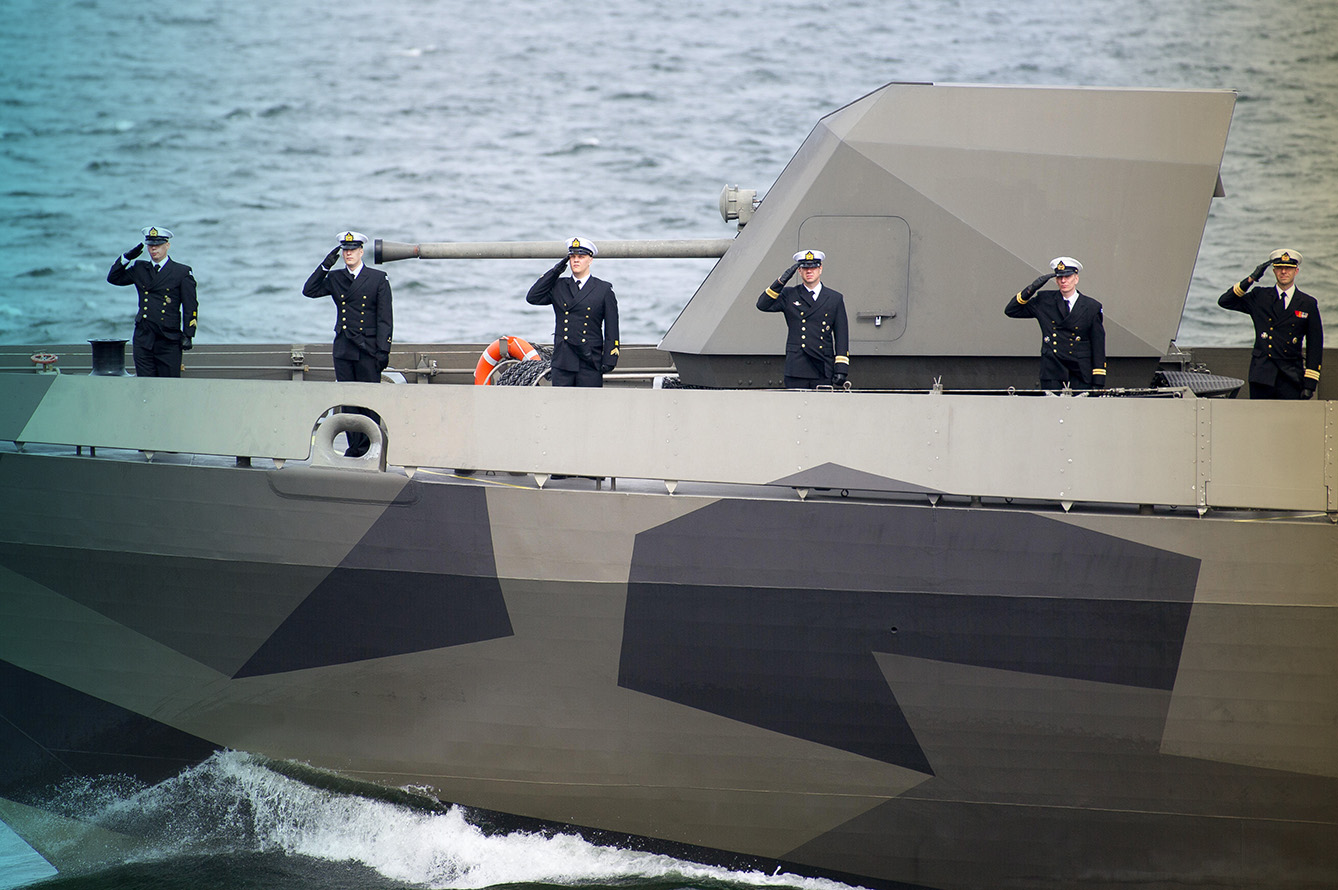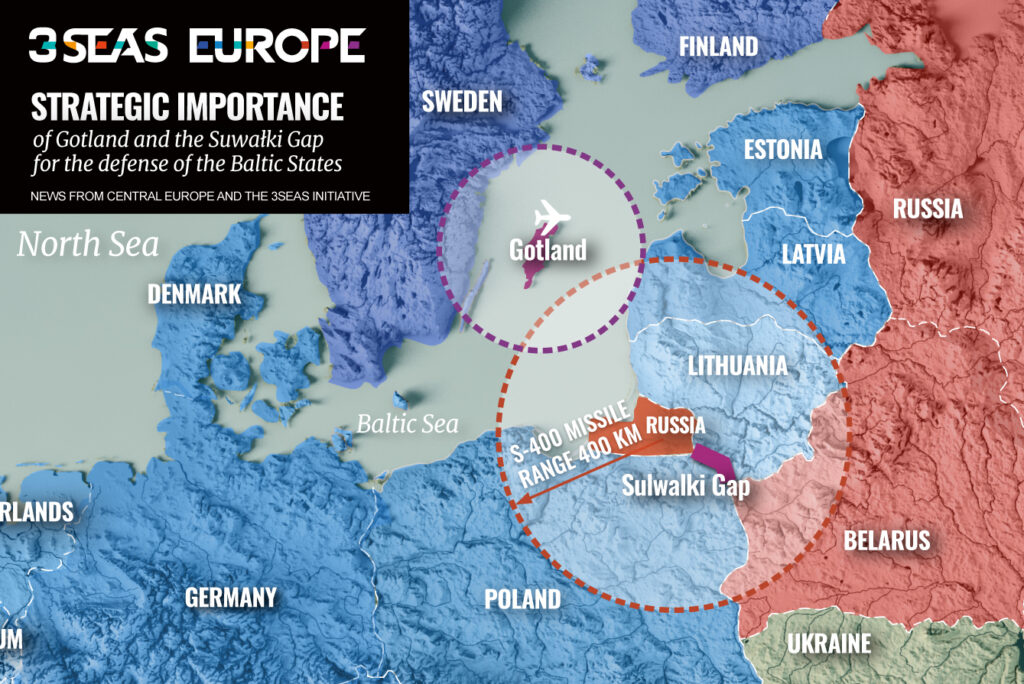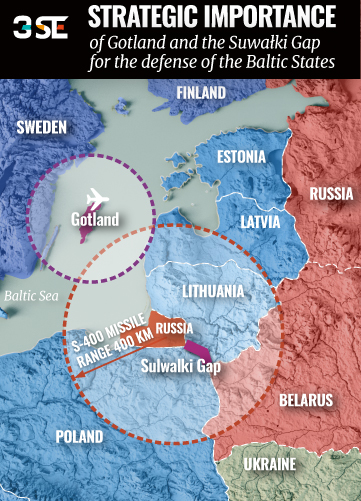In the lead-up to the Russian invasion of Ukraine, on 17 December 2021, Russia demanded a new security arrangement in Europe that would include a rollback of NATO’s enlargement process by pulling back all NATO equipment from 1997 lines. In the Baltic region, such a move would constitute a direct threat to the national security of the three Baltic states and Poland.
A few days after the demand put forward against eastern NATO countries, Russia also threatened Finland and Sweden on 24 December by making it clear that a part of Putin’s new security arrangement in Europe also included NATO renouncing potential future membership for Finland and Sweden.
NATO membership for Sweden and Finland?
The two Nordic countries reacted instinctively, and just five months later, it seems certain that both Helsinki and Stockholm will officially announce that they will apply for NATO membership before the NATO summit in Madrid in June. Among the big winners of the development are the three Baltic states, which until now, despite their NATO membership, always felt that a Russian attack on their territory would be very hard for NATO to counter without access to Swedish and Finnish territory.
The Baltic states are geographically cut off from the rest of NATO territory, only connected to NATO through the Suwałki Gap with Poland, which is sandwiched between the Russian exclave of Kaliningrad and Russia-allied Belarus. The heavily militarized Kaliningrad area also plays a key role in the Russian strategy to keep NATO away from the region during a conflict through its so-called Anti-Access/Area-Denial (A2/AD) strategy.
It posits that a significant presence of S-400 long-range missile defense systems in Kaliningrad, together with anti-ship missiles, will be enough to make it impossible for NATO forces to come to the rescue of the Baltic states after a Russian invasion or during a Russian escalation of threats.
The Nordics to the rescue
Swedish and Finnish NATO membership will be a game-changer for the Baltic states. Membership will make Finland and Sweden fully integrated into NATO’s defense plans and operations. NATO reinforcements for the Baltic states will be able to sail through Sweden’s territorial waters, halving the distance over which they would be exposed to Russian attacks from their A2/AD bubble in Kaliningrad.
In a slightly more time-consuming operation, Swedish membership will also allow for the transport of NATO troops and supplies overland to Sweden’s east-coast ports before an amphibious assault to retake or counter a Russian attack in the Baltic states.
The Swedish Island of Gotland would also play a key role in such a scenario. The island is sometimes called “the unsinkable aircraft carrier in the Baltic Sea” and can fulfill a similar A2/AD role for NATO as Kaliningrad does for Russia. Its main port of Visby could also serve as a logistical hub for NATO forces engaged in battle in the region.
With Sweden and Finland as NATO members, it will become much more difficult for the Russian Baltic Sea Fleet to move into the regional theater. Access to the Gulf of Finland would be contested, and Russia would have great difficulties in closing off the Baltic Sea to British and American vessels by trying to establish a Russian presence in the Danish straits between Denmark and Sweden.
New NATO members expand military capabilities
Apart from the geographical benefits, Sweden and Finland would add significant military capabilities that would reinforce the defense of the Baltic states in case of war. Sweden is particularly strong in air defense and maritime security, while the Finnish military—a country with mandatory military service— has a wartime strength of 280,000. Adding its highly trained reserve, the force reaches more than 900,000 soldiers.
Sweden has recently decided to buy the U.S. Patriot Missile Defense System, while Finland announced just months ago that they are buying 64 state-of-the-art US F-35 fighter jets. It means that in a few years, the collective airpower of the Nordic states will consist of 150 F-35 combat aircrafts and 72 Swedish JAS Gripen fighter jets, a formidable foe for any opponent.
Political benefits of new NATO members
The Baltic states will also benefit politically from Swedish and Finnish NATO membership. The Nordic countries have a close historical bond with the Baltic States as well as a significant economic presence in the countries. It can be expected that Sweden and Finland will reinforce Poland in defending the importance of the position of the Baltic states within NATO when the alliance meets for crucial summits to decide future defense plans.
Sweden and Finland joining NATO will also weaken the arguments of those states who favor European strategic autonomy in defense within the EU over a focus on NATO cooperation. Such a development of EU armed forces is seen as unfavorable by Poland and the Baltic states but has its supporters in some other states, such as Germany or France. They point to the fact that some EU countries—including Finland and Sweden—are not covered by NATO’s Article 5 security guarantees. NATO membership for Nordic countries would make those arguments invalid.
Even if Sweden and Finland would play a paramount role in aiding the defense of the Baltic states in case of an attack, the main benefit of their NATO membership will come from deterrence. For example, it rules out a scenario in which Russia could take control of Gotland without triggering NATO’s Article 5. In the words of the ancient Chinese military strategist Sun Tzu: “The supreme art of war is to subdue the enemy without fighting.”









